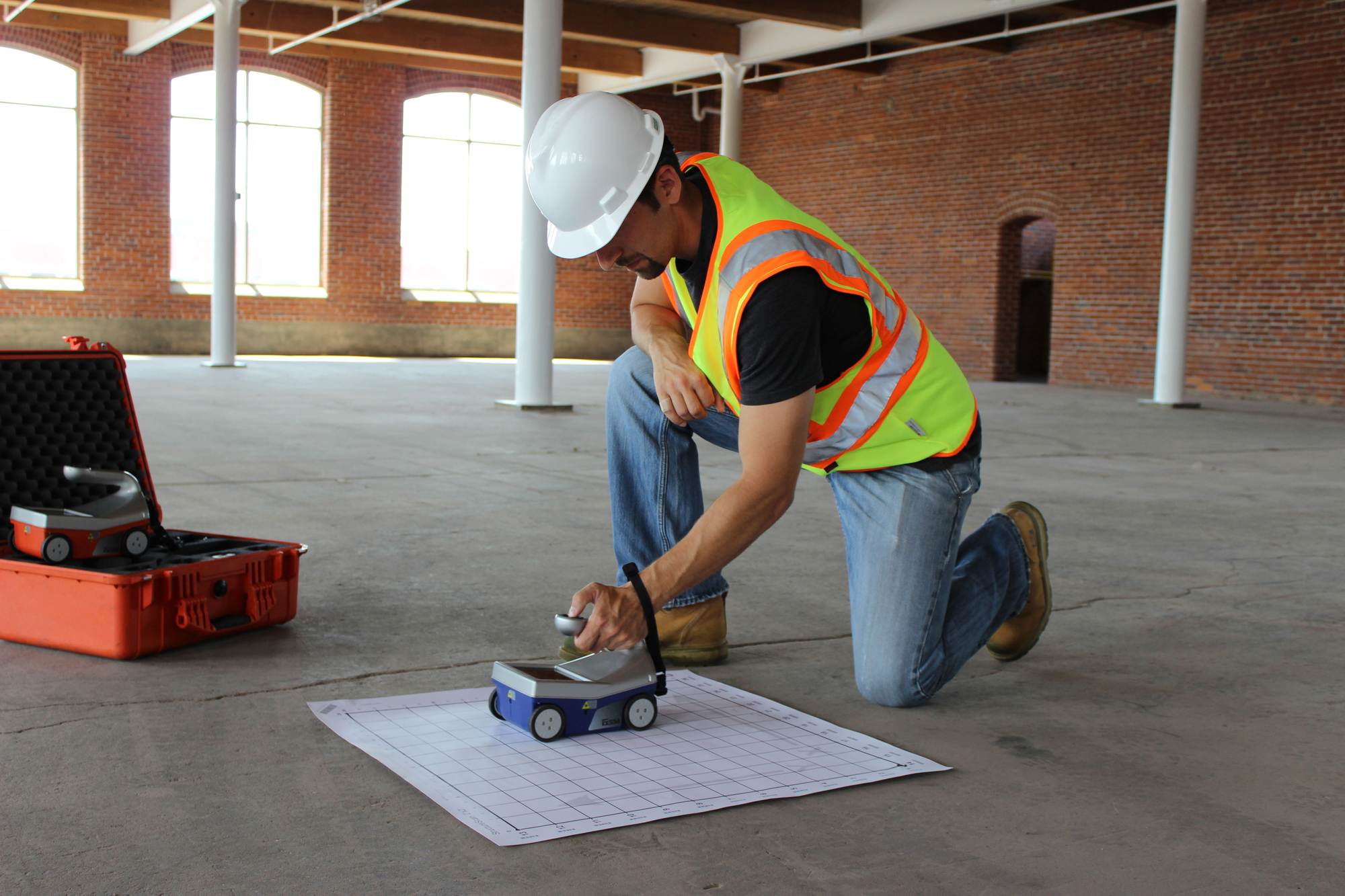Discover RainierGPR Service Areas for Dependable Concrete Scanning Solutions
Discover RainierGPR Service Areas for Dependable Concrete Scanning Solutions
Blog Article
Concrete Scanning: An Essential Action In The Direction Of Ensuring Architectural Honesty and Safety And Security
In the world of building and framework upkeep, the value of concrete scanning can not be overemphasized. This meticulous process holds the vital to unveiling prospective threats hidden under the surface of seemingly solid structures. By utilizing innovative innovation and approaches, concrete scanning offers as a crucial device in making sure that the stability and security of buildings and bridges are maintained to the highest possible requirements. However, past its surface-level ramifications, the role of concrete scanning extends much deeper than fulfills the eye.
Relevance of Concrete Scanning
Concrete scanning plays an important function in ensuring the architectural integrity and security of buildings and infrastructure tasks. By utilizing sophisticated technologies such as ground-penetrating radar (GPR) and electro-magnetic induction, experts can non-destructively inspect concrete structures to identify prospective defects, gaps, embedded things, and reinforcement layout. This procedure makes it possible for early detection of anomalies that might endanger the security of a structure, avoiding costly problems and making certain the security of passengers.
Concrete scanning is particularly necessary during the preparation and building stages of a project. Before boring, reducing, or coring into concrete, scanning aids recognize the accurate locations of rebar, post-tension wires, and other embedded components, minimizing the danger of unintentional hits that might cause architectural weak points. In addition, concrete scanning help in quality assurance by verifying the thickness of concrete covers and finding any type of disparities that might influence the total toughness of the structure. Ultimately, purchasing concrete scanning services is not just an aggressive measure to mitigate threats yet additionally an essential action in the direction of preserving the long-lasting safety and security and stability of buildings and framework.
Technology for Concrete Examination

Benefits of Early Discovery
Prompt discovery of structural problems can significantly reduce dangers and make certain the longevity of building and construction tasks. By recognizing possible issues beforehand in the building procedure, stakeholders can take aggressive procedures to deal with concerns prior to they rise right into bigger and more expensive issues. One of the crucial benefits of very early detection is the prevention of structural failures, which can posture severe safety and security hazards and lead to project delays and monetary losses.
Additionally, very early detection enables for prompt fixings and upkeep, which can aid expand the life-span of the framework. By dealing with issues immediately, building teams can stay clear of costly repair services and even the need for premature substitute of architectural elements. This proactive approach not just conserves time and cash however also boosts the general security and longevity of the building and construction job.
Additionally, very early detection can visit this website boost job planning and decision-making by giving stakeholders with useful understandings into the problem of the structure. Equipped with this details, job supervisors can make educated choices relating to building products, approaches, and timelines, causing a lot more successful and effective task end results.
Guaranteeing Structural Stability
Ensuring the architectural stability of a construction task is vital to its security and longevity. Structural stability describes the capacity of a structure or facilities to maintain its type and feature under various loads and ecological problems. To attain this, informative post complete analysis and surveillance of the structure are vital. Concrete scanning plays a crucial role in guaranteeing architectural stability by detecting prospective issues such as spaces, delamination, or reinforcement deterioration that could endanger the integrity of the structure in time.
By making use of sophisticated scanning modern technologies like ground-penetrating radar (GPR) and electromagnetic induction, construction experts can non-invasively inspect concrete frameworks to identify locations of problem beneath the surface area. This aggressive method enables the very early discovery of weaknesses or flaws, allowing punctual fixings or reinforcement to stop structural failings.
Routine concrete scanning throughout various building phases and throughout the life cycle of a framework can help keep its security, minimize risks, and make certain the security of owners. By prioritizing structural stability through concrete scanning, building tasks can enhance their durability and longevity, ultimately adding to better safety and durability.

Preventing Critical Failings
To secure against disastrous events, precise surveillance and positive upkeep are important in averting essential failures within structural structures. Detecting potential concerns prior to they rise is essential to avoid architectural failings. Executing regular examinations, such as concrete scanning, can reveal covert issues like gaps, cracks, or deterioration that might endanger the honesty of a framework. By utilizing innovative scanning innovations like Ground Permeating Radar (GPR) or Concrete X-ray, designers can non-destructively assess the condition of concrete and recognize powerlessness that need reinforcement like it or repair service - RainierGPR Service Areas.

Final Thought
To conclude, concrete scanning plays a crucial function in making certain architectural stability and safety by utilizing advanced modern technology for very early detection of possible problems. This proactive method helps prevent vital failings and guarantees the security of structures. It is important to focus on concrete assessment as a common method to protect the longevity and security of structures and framework.
Concrete scanning plays an important function in guaranteeing the architectural integrity and safety of buildings and facilities jobs. In addition, concrete scanning aids in quality control by validating the density of concrete covers and discovering any kind of disparities that may affect the general longevity of the structure. Concrete scanning plays a vital function in making sure structural security by finding prospective concerns such as gaps, delamination, or reinforcement rust that can jeopardize the honesty of the structure over time.

In final thought, concrete scanning plays an essential role in ensuring architectural integrity and safety by using advanced modern technology for early detection of possible concerns.
Report this page